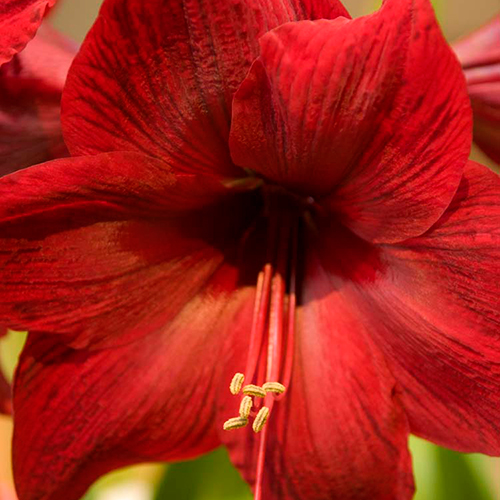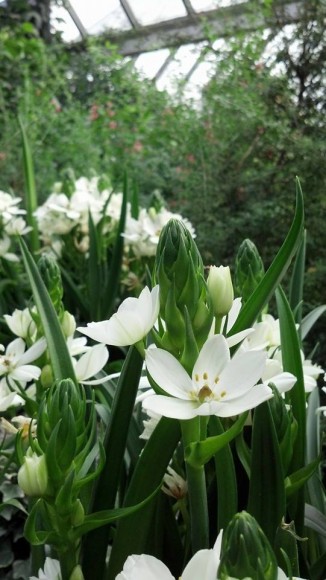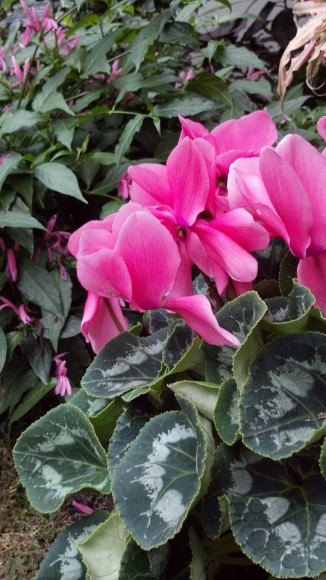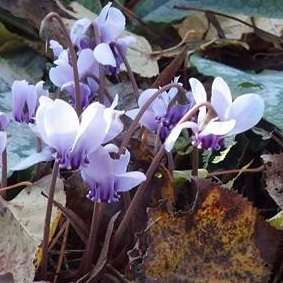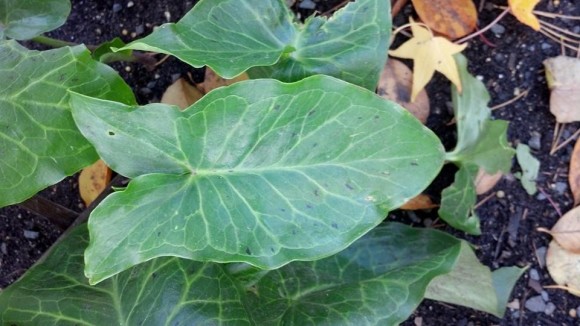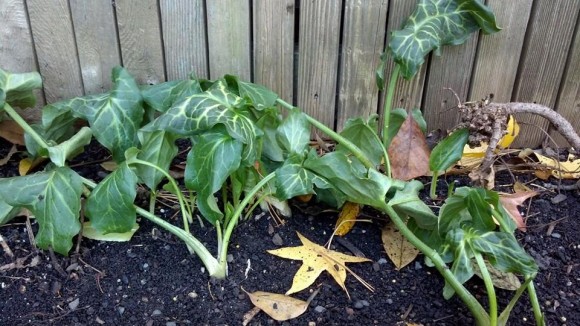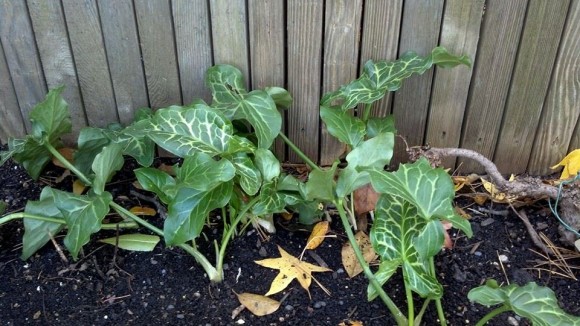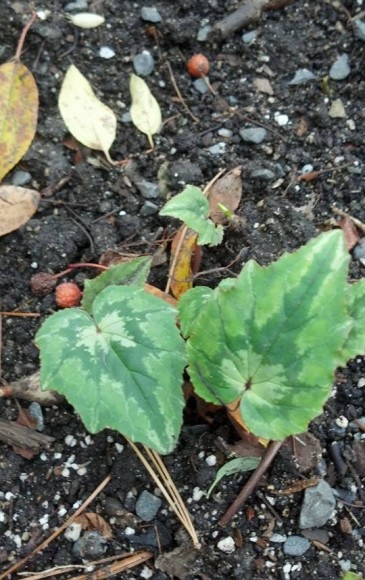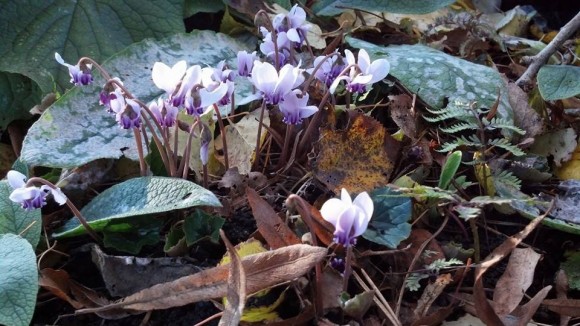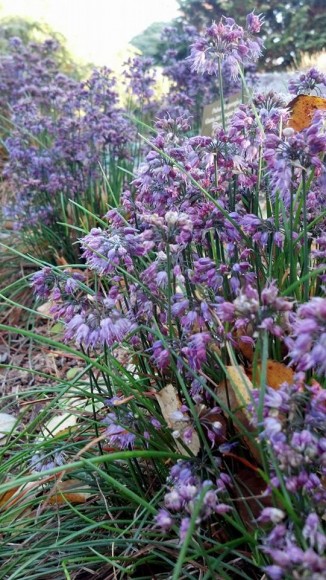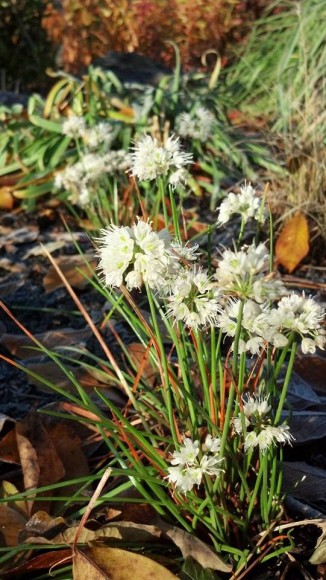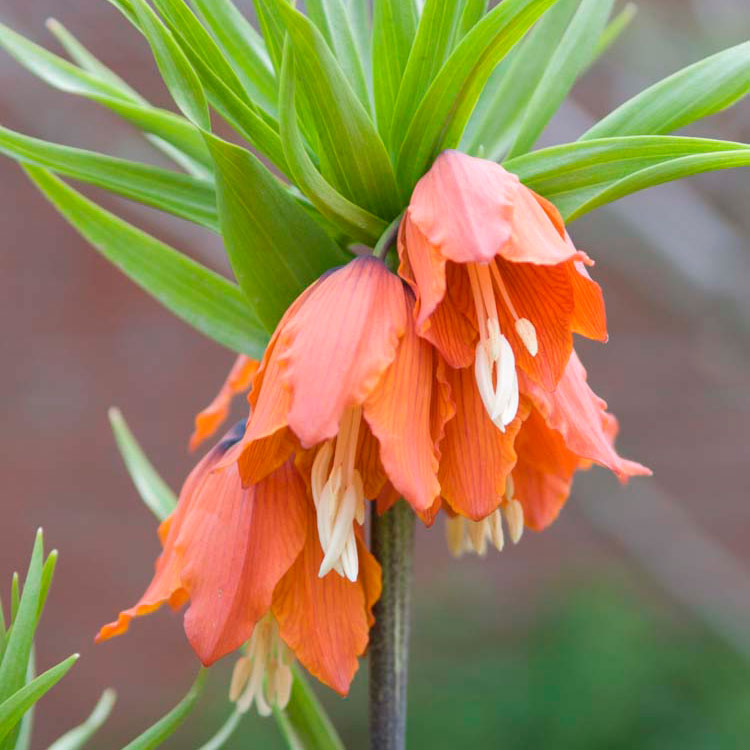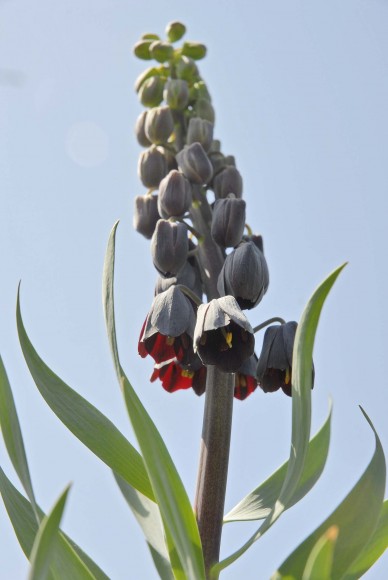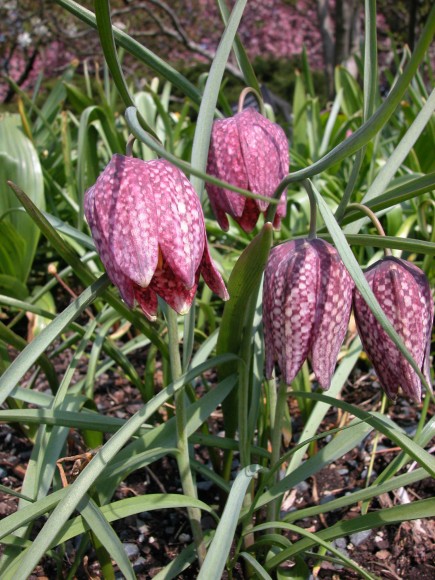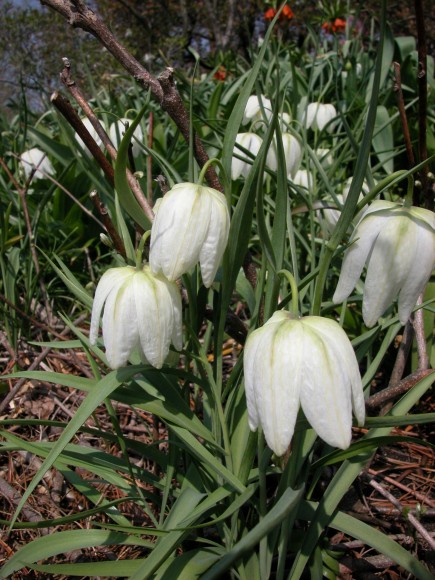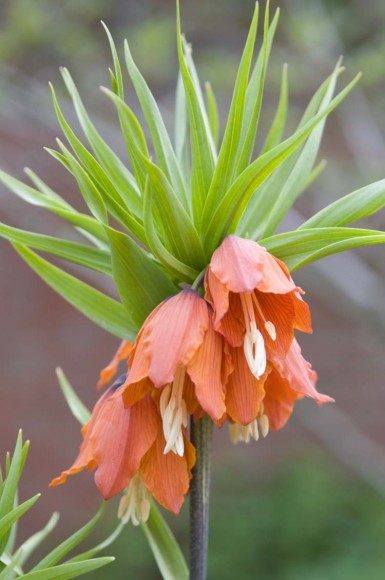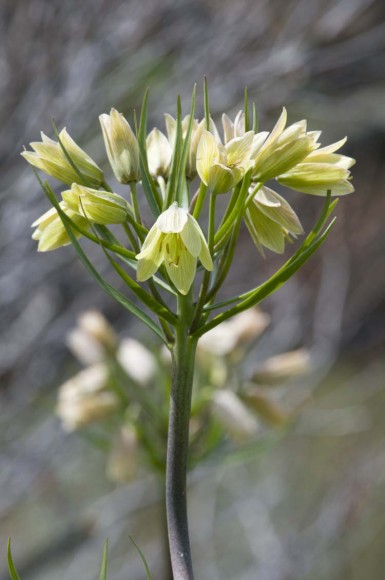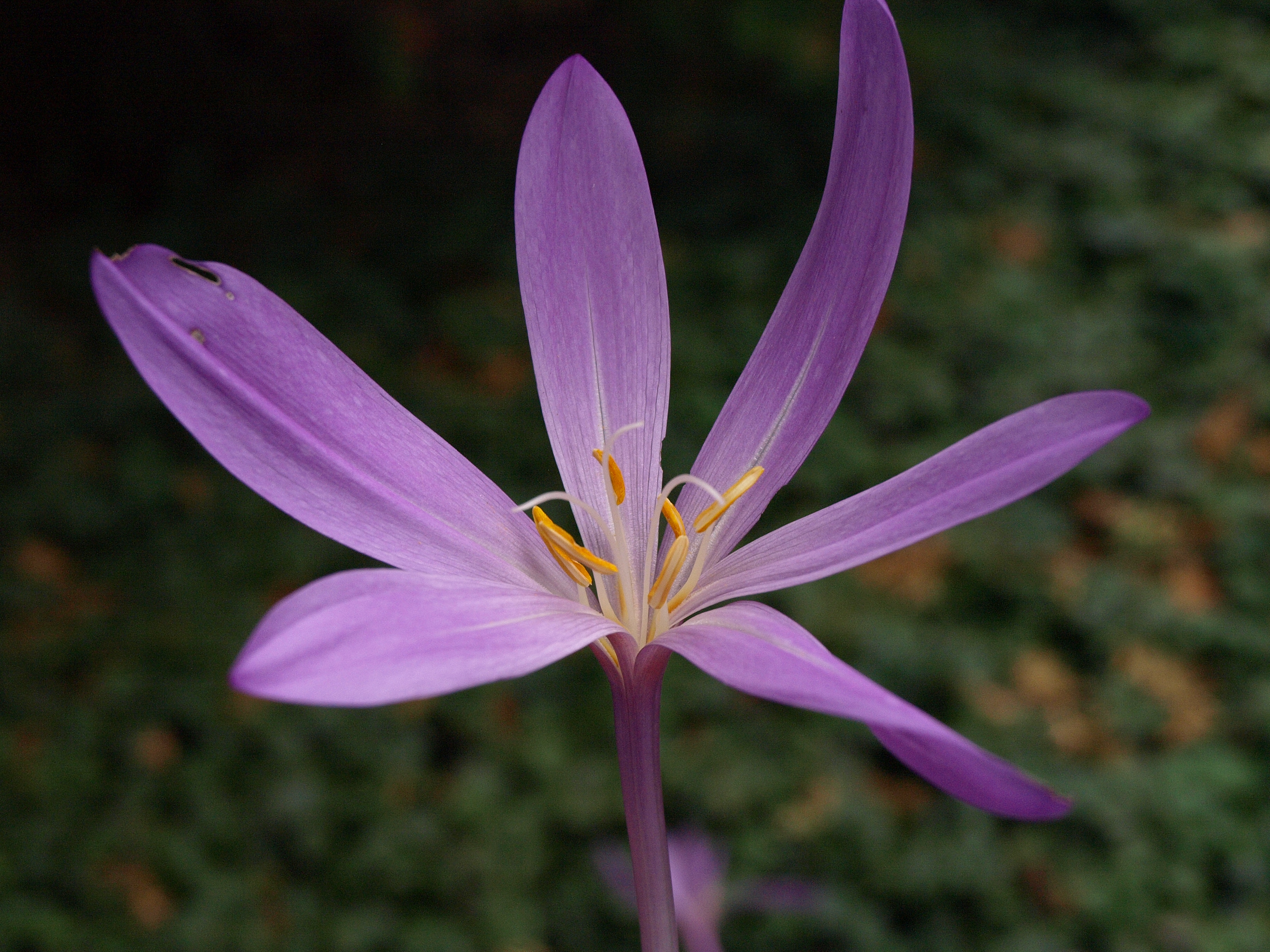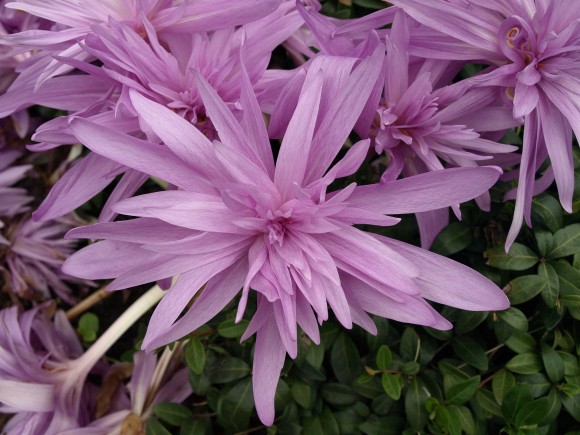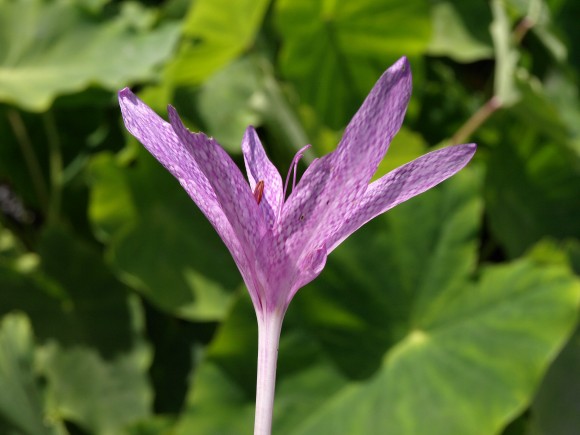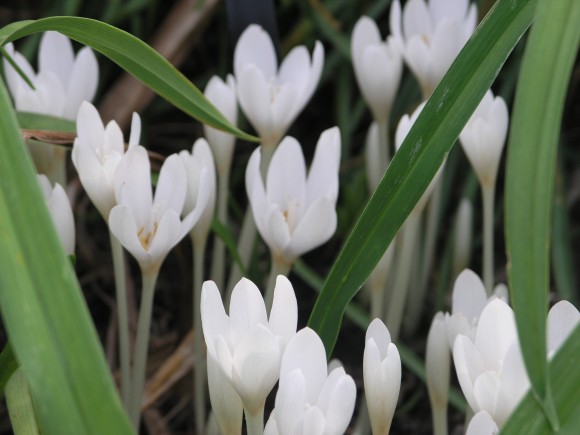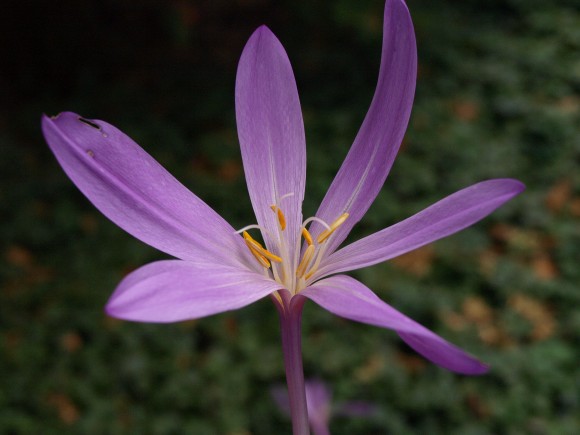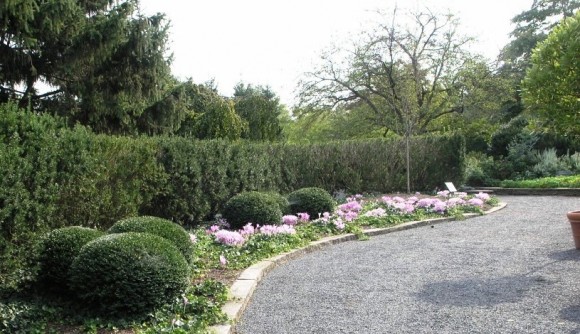A number of tropical and semitropical bulbs can be used indoors to brighten up the winter months. Long-lasting blooms of amaryllis, Star-of-Bethlehem, and cyclamen are welcome additions to winter white.
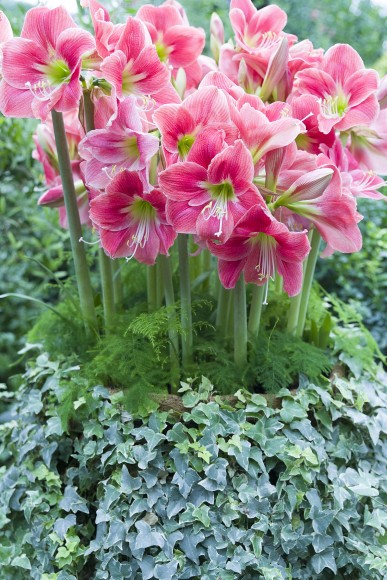
Amaryllis
Amaryllis (Hippeastrum) are probably the best-known bulb grown for forcing indoors in the winter months. In recent years, plant breeders have introduced dozens of new varieties ranging in size from small miniatures no bigger than 4 inches across to giant doubles that can reach 8 inches in size, with dozens of frilly petals. Most commonly found are the large, red cultivars such as ‘Red Lion’, but for a unique holiday plant, look for some of the less-common varieties such as ‘Amalfi’ (a smaller pink variety), ‘Zombie’ (a double-flowered salmon-and-white variety), or the unusual purple-and-green Hippeastrum papilio.
Amaryllis are easy to care for, requiring bright light and not very much water. They do not like to be overly moist, and perform best if allowed to dry slightly between waterings. Cooler rooms prolong flowering, so make sure not to place it next to a heating vent. After they are done blooming, plants can be kept alive until summer, when they’re best placed outdoors to receive ample sunshine. When you return them indoors in the fall, stop watering, and allow the foliage to dry out and turn yellow. The plants will remain dormant for anywhere from one to three months. During this time, they require very little water (water approximately once a month). When you see new growth starting again, move the bulbs to a sunny location, and start the process all over again. As they age, amaryllis bulbs will get larger and larger, sometimes splitting into multiple bulbs. When this happens, they can be divided and potted up separately.
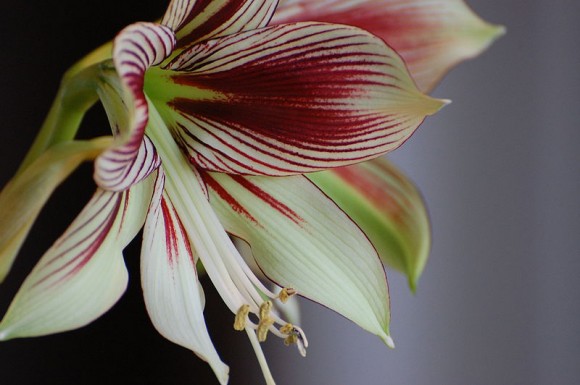
Star-of-Bethlehem
Another beautiful—but less common—plant that provides winter cheer is Ornithogalum ‘Bethlehem’, or Star-Of-Bethlehem. These bulbs produce a 1- to 1½-foot-tall spike loaded with clean, white, star-shaped blooms. They grow best in a bright, cool location—the same type of environment an amaryllis prefers. Special care must be taken to not over water these, as they dislike having wet feet. In addition to the classic white flowers, a newer species, Ornithogalum dubium, has become available recently, with flowers ranging from buttery yellow to neon orange.
Cyclamen
Florists’ cyclamen, Cyclamen persicum cultivars, are related to hardy cyclamen (Cyclamen coum and C. hederifolium), but are not hardy in northern climates. They’re also generally much larger plants, suitable for using as a living centerpiece, or tucked into a gift basket for the holidays. Plants range in size from minis that are 3-6 inches tall, up to full-sized plants that can be nearly a foot tall when in bloom. The flowers come in many shades of reds, pinks, and purples, and in white. There are many beautiful bicolors and even some plants with exotic, frilly petals. In addition to beautiful flowers, cyclamen also feature some of the most intricately pattered leaves of any houseplant. You can get plants that are all silver, silver with green veins, green with silver veins, and many other unique patterns.
Cyclamen prefer to be grown in a cool room and kept slightly moist. They never want to be sitting in a tray of water, and they never want to be completely dry. If your plant does start to wilt, give it a drink of water, and it will perk back up in just a few hours. Like the two previously mentioned bulbs, your cyclamen probably will go dormant in the summer. If that’s the case, just cut back on the watering until new growth starts again in the fall.
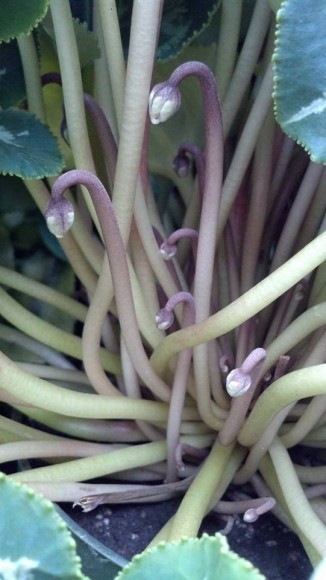
When picking a cyclamen, try to pick one with as many buds as possible. Each plant is capable of producing dozens, sometimes nearly 100, blooms that open slowly over the course of the entire season, giving you several months of blooms. Because the buds are produced all at once, it is important to pick one with as many buds as possible; this way, you know that you’re going to maximize your bloom time.
©2013 Chicago Botanic Garden and my.chicagobotanic.org

